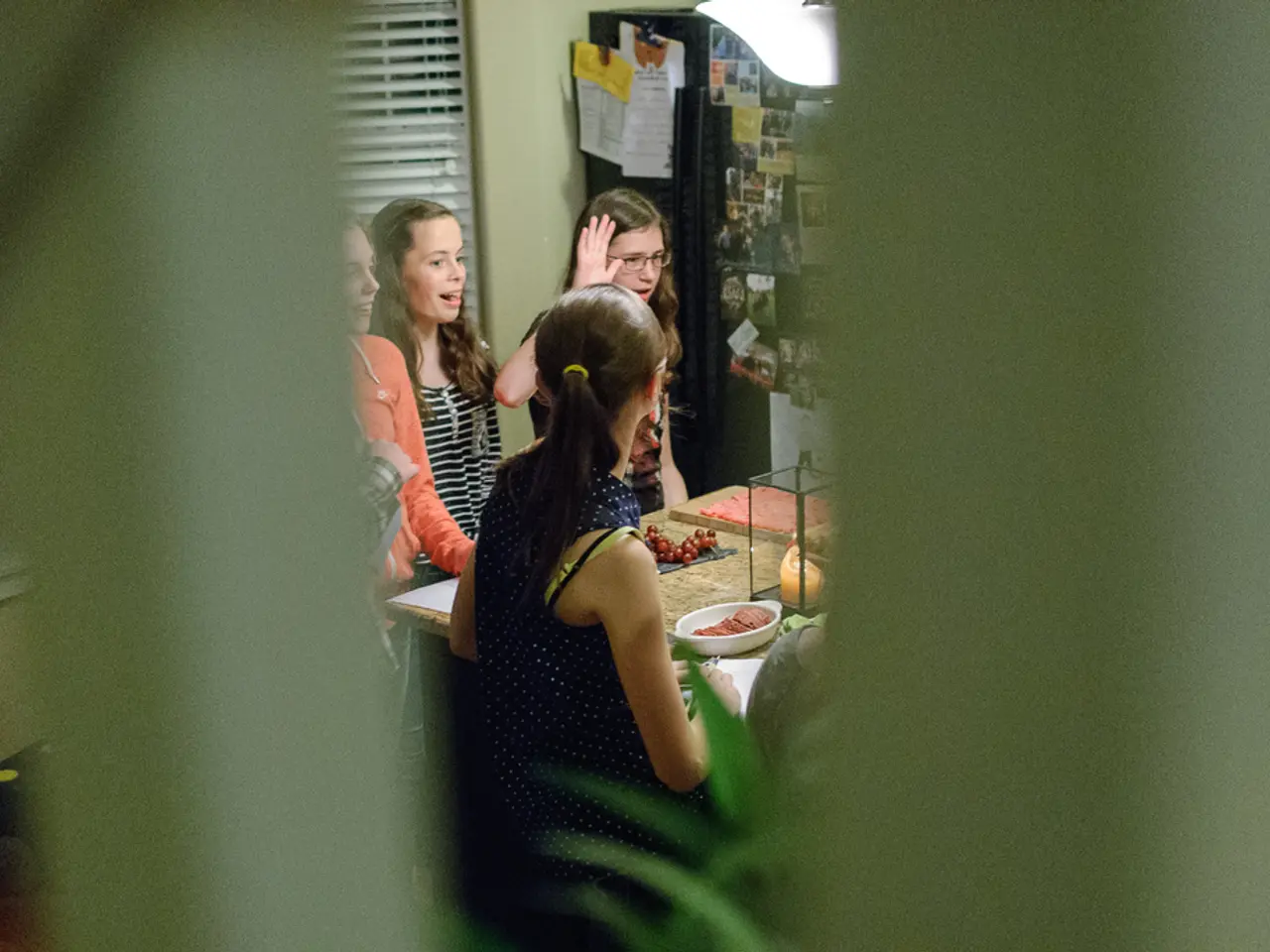Home Grape Cultivation: Exploring Trellis Options and Growing Guidelines
In the pursuit of a bountiful harvest and a beautiful garden, growing grapes at home offers an appealing option. An arbor or pergola can serve as both a shady retreat and a striking garden centerpiece, providing fruit and beauty in equal measure.
For those seeking fresh, organic fruit at their fingertips, homegrown grapes are a delightful choice. With proper care, a single grapevine can yield 15-30 pounds of grapes annually. To ensure your vine's success, it's essential to choose the right trellis.
When selecting a trellis, consider your available space, grape variety, and desired style. Three common effective trellis types include the Single Wire Trellis, Vertical Shoot Positioning (VSP), and Pergolas or Arbors.
The Single Wire Trellis, ideal for beginners or small spaces, features a simple design with a single horizontal wire stretched between posts, supporting the vine and facilitating vertical shoot growth.
The VSP system, commonly used for wine grapes, trains shoots upward on multiple wires, improving sunlight exposure and air circulation for better fruit quality.
Pergolas or Arbors provide a decorative overhead structure, allowing grapevines to grow above for shade and aesthetic appeal. They are suitable for larger gardens or patios.
To ensure durability, opt for materials like untreated cedar or metal wire. It's best to install the trellis before planting to protect the vine roots.
For those with limited space, the Single Wire Trellis can maximize vertical growth and simplify care. On the other hand, for an outdoor living space, pergolas combine functional grape support with garden design.
Remember, the trellis should allow good airflow and sunlight penetration to prevent diseases. Deep watering weekly is better for grape plants than shallow daily watering. Grapes require full sun, at least 6-8 hours per day, and well-drained soil with a slightly acidic to neutral pH (5.5-7.0) is ideal for growing grapes.
Grapevines, once established, can produce fruit for decades. However, too much nitrogen in fertilizer can result in more leaves and less fruit production. Use galvanized wire (12-14 gauge) for the trellis due to its durability. The vertical post used for the trellis has two arms extending sideways like a "T."
The T-Post or Geneva Double Curtain Trellis is designed for maximum air circulation and sun exposure. With these considerations in mind, you're well on your way to growing healthy, fruitful grapevines at home. Happy gardening!
- For a more decorative approach to grapevine cultivation, consider creating a home or lifestyle centered around a pergola or arbor, combining functional grape support with garden design.
- When designing a home-and-garden space, the gardening choices you make, such as the selection of a trellis for your grapevines, greatly impact the overall aesthetic and productivity of your garden.




